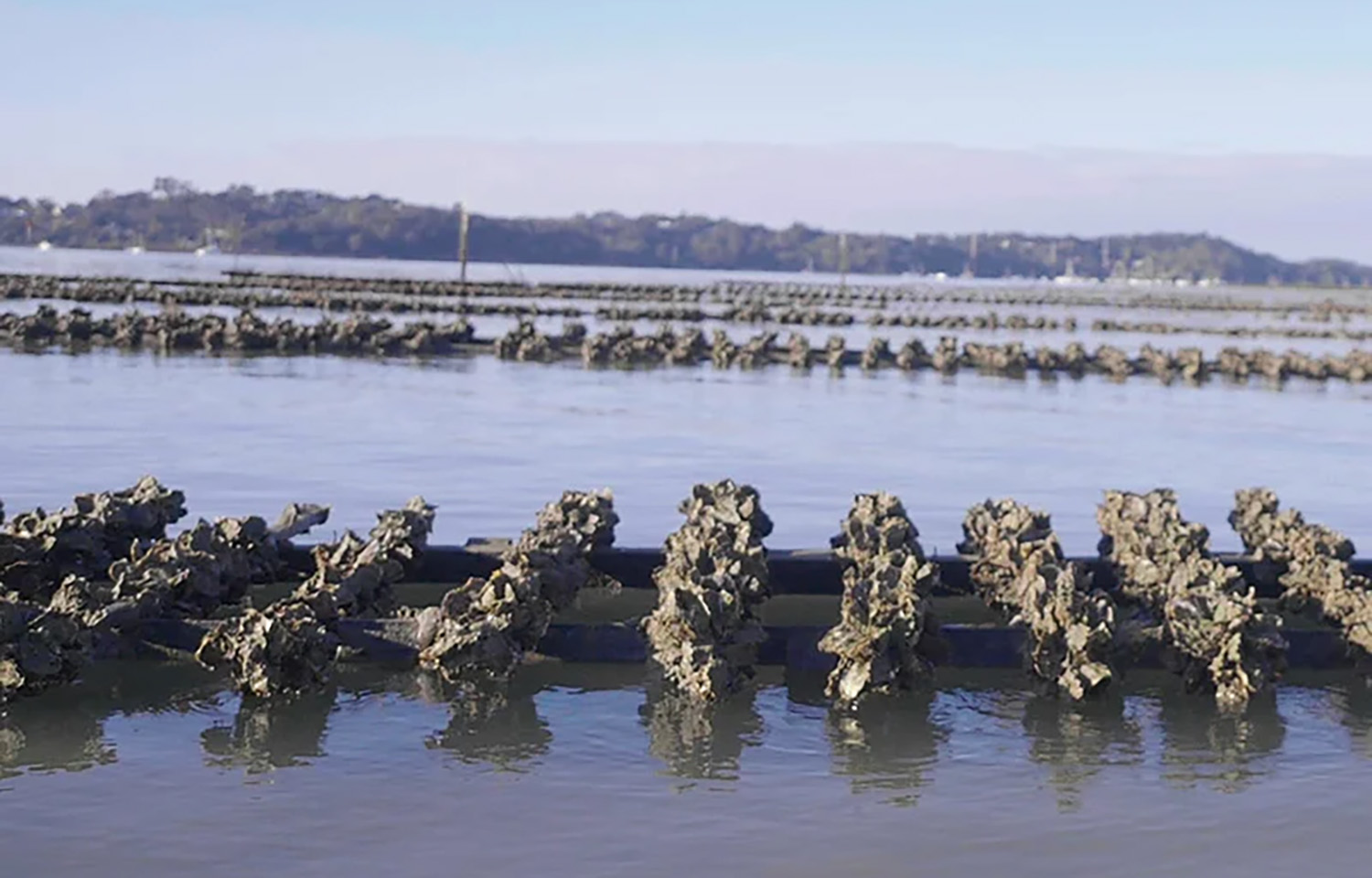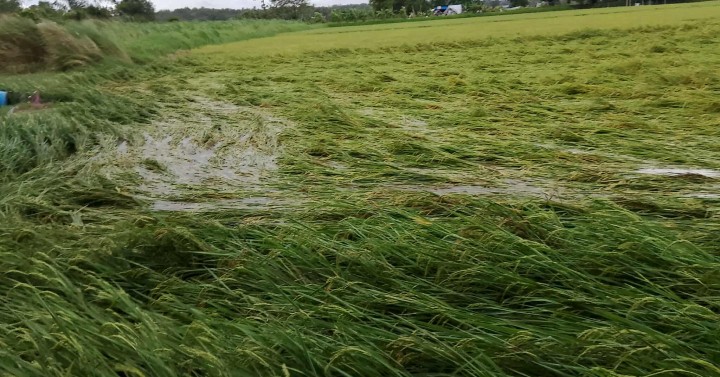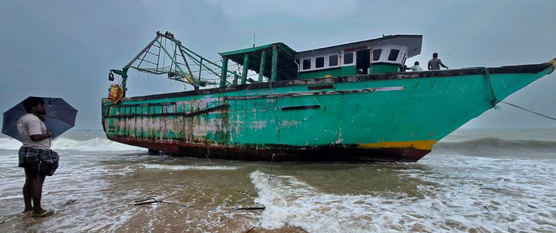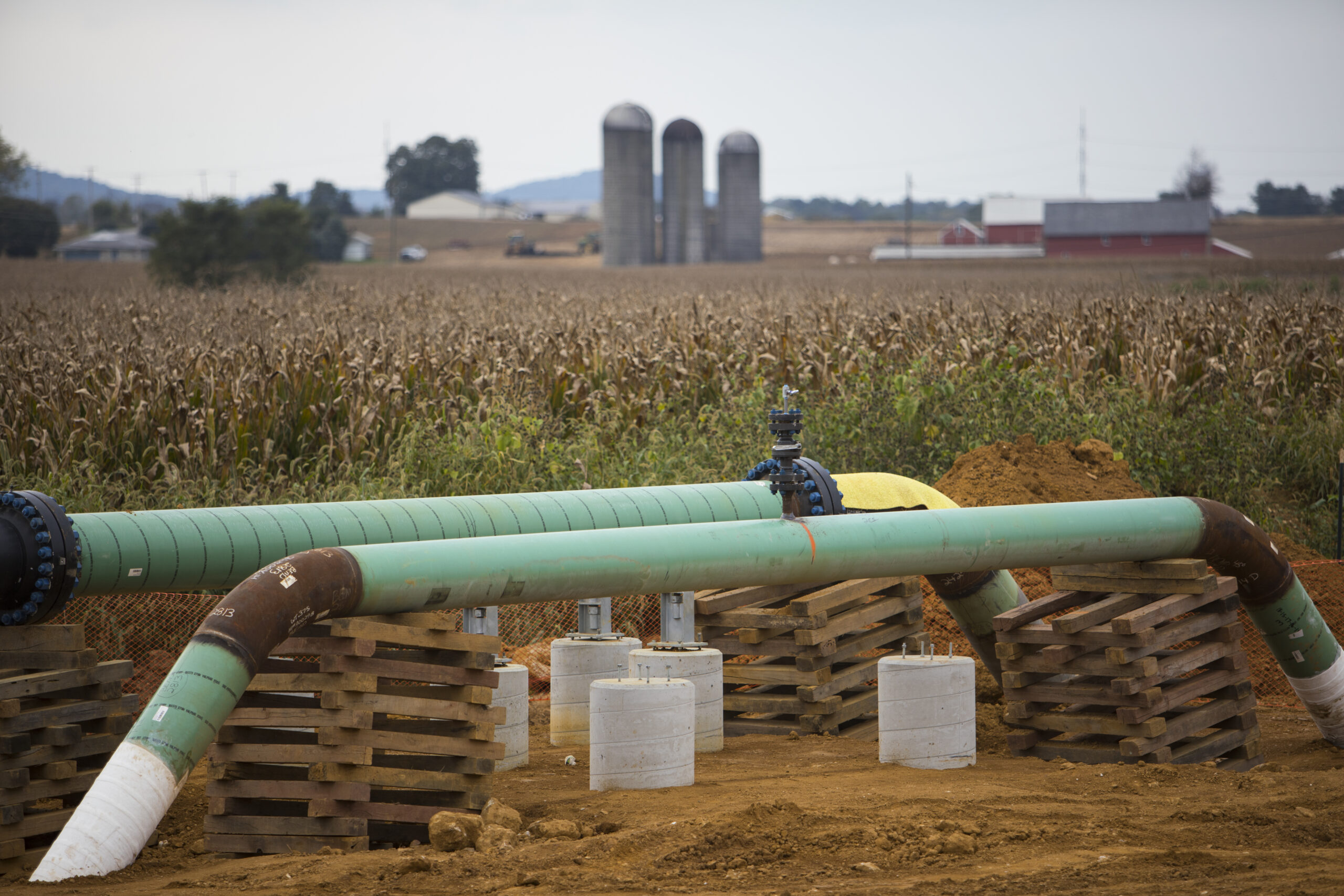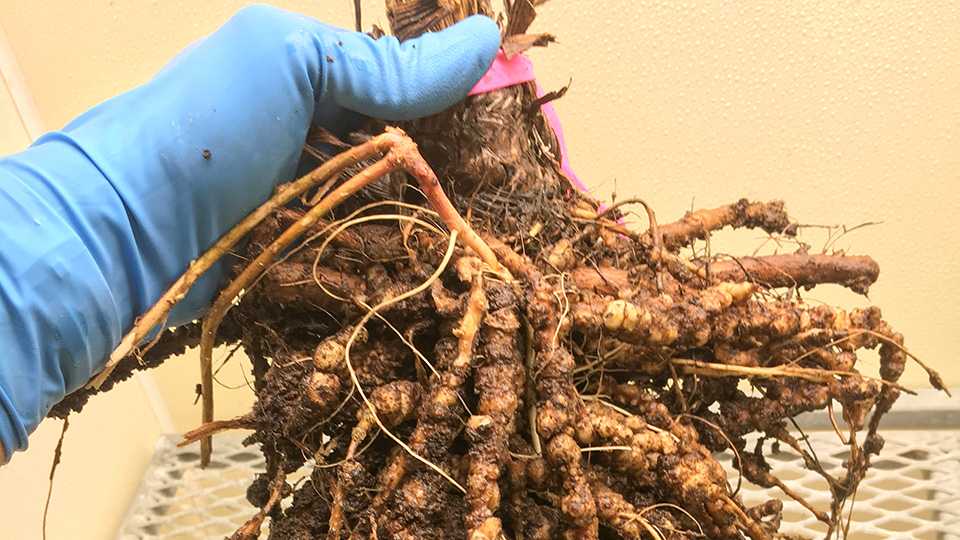Auckland, New Zealand-based water utility firm Watercare has paid out NZD 1 million (USD 560,000, EUR 485,000) to oyster farmers operating in Mahurangi Harbor on the nation’s North Island in response to a wastewater overflow incident that occurred in late October.
According to Watercare, the spill was caused by a power surge that tripped the pumps at its facility in Warkworth and resulted in the building’s storage tank filling past capacity, causing 1,200 cubic meters of wastewater to flow into the harbor.
After the spill, which occurred during the peak of the area’s harvest season, oyster farmers had to immediately cease operations for 28 days in order for pathogen testing to occur, determining the extent to which the oysters in the harbor were contaminated in adherence with New Zealand food safety and testing protocols.
“I’ve written to the farmers to reiterate my apology and confirm the payment of NZD 1 million, as well as inform them of the external assessment process. After the incident, I said we were committed to making things right, and we’ve worked quickly to turn that commitment into action,” Watercare CEO Jamie Sinclair said in a 12 November release. “We know this disruption comes at a very challenging time, just as the harvest season was at its peak. Today’s payment is intended to provide immediate support, and we hope to have the assessment process complete before Christmas.”
Mahurangi Oysters Farm Manager Jim Aitken told New Zealand media outlet Radio New Zealand (RNZ) that he was relieved and grateful for the NZD 100,000 (USD 56,000, EUR 49,000) payment made to each of the 10 affected farmers but that “pretty much it's all gone already to pay off our debts.”
“It'll get us through to Christmas, so it takes a significant weight off the shoulders. We're very thankful that we have got some support after this very, very tough year,” he told the outlet.
Besides the direct damage such spills have on oysters in the harbor, each spill also carries compounding reputational issues, Matakana Oysters Owner Tom Waters told RNZ.
“This has really damaged the reputation again, so financially, that's a huge impact,” he said. "I've got people saying, “Oh, look, we're just not going to be trusting them.' All of the farmers have had that out there wherever they sell at farmers markets or wholesalers. That's something that we're going to have to continuously try and work hard to get back again.”
The recent spill is not an isolated incident; tension between Watercare and Mahurangi Harbor’s oyster farmers is longstanding.
Lynette Dunn, president of the Mahurangi Oyster Farmers Association, told aquaculture advocacy group Aquaculture New Zealand (AQNZ) that she and her partner Trevor have been pleading with Watercare to stop sewage spills into the harbor for the past seven years.
“Watercare promises action, but to this day, raw sewage continues to overflow into the top of the Mahurangi River, flowing down into our oyster farms,” Dunn said. “Every time it rains, we freak out about how much sewage is going into the harbor.”
According to AQNZ, from the beginning of 2023 through October 2025, there have been 65 spills in the harbor, resulting in 340 days in which farmers were forced to close operations.
Watercare said in response to the backlash, which has included pleas for governmental intervention and threatened legal action, that a lasting solution is unlikely to occur before 2027, when a new treatment plant is slated to be operational.
In the meantime, AQNZ, which helped negotiate the NZD 1 million compensation package, is now pursuing a financial settlement of the farmers’ total losses.
“It is vital that Watercare learns from this disastrous incident and takes appropriate actions and decisions that restore confidence, protect livelihoods, and ensure the ongoing sustainability of the region’s marine environment and aquaculture industry,” AQNZ CEO Teena Hale Pennington said in a release.
Source - https://www.seafoodsource.com


